This summer, archaeologists from Norwegian Institute for Cultural Heritage (NIKU) have carried out several surveys using ground penetrating radar in Iceland. Preliminary results show that the investigations have already been very successful.
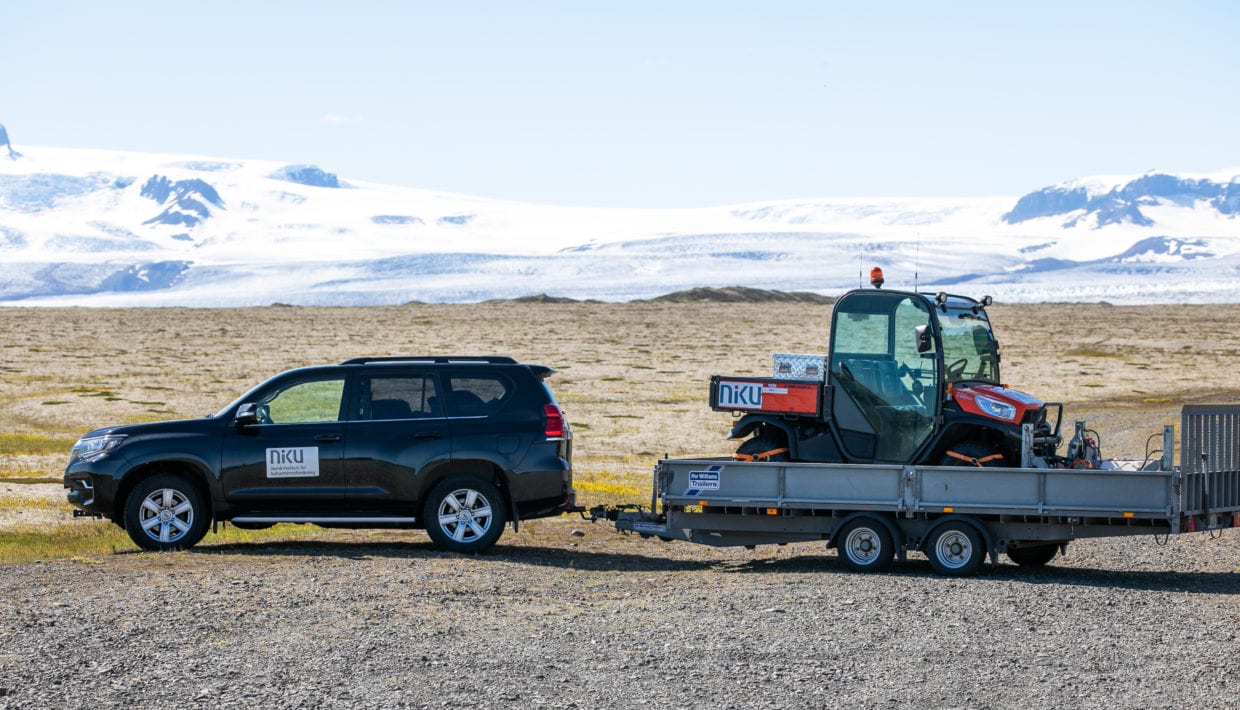

This summer, archaeologists from Norwegian Institute for Cultural Heritage (NIKU) have carried out several surveys using ground penetrating radar in Iceland. Preliminary results show that the investigations have already been very successful.
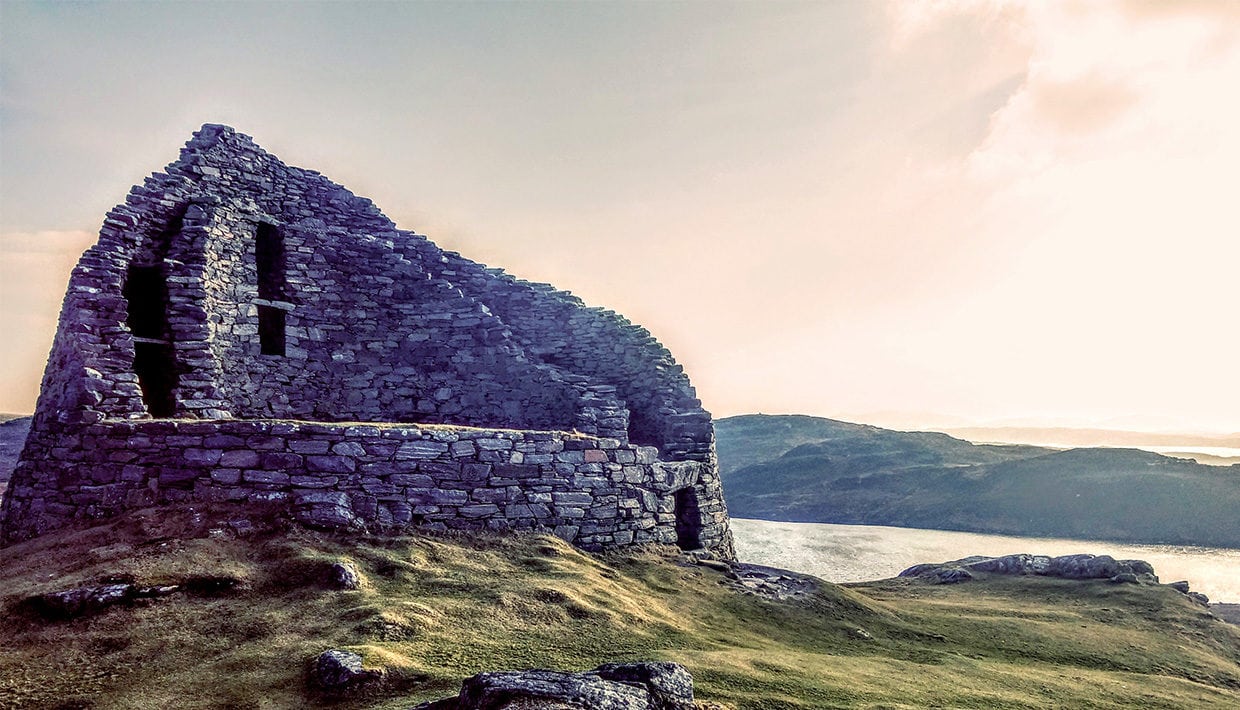
The Norwegian Institute for Cultural Heritage Research invites researchers, heritage professionals and other interested groups to a week of workshops and lectures based on our collaborations with partners from The University of Stirling and The University of Edinburgh.
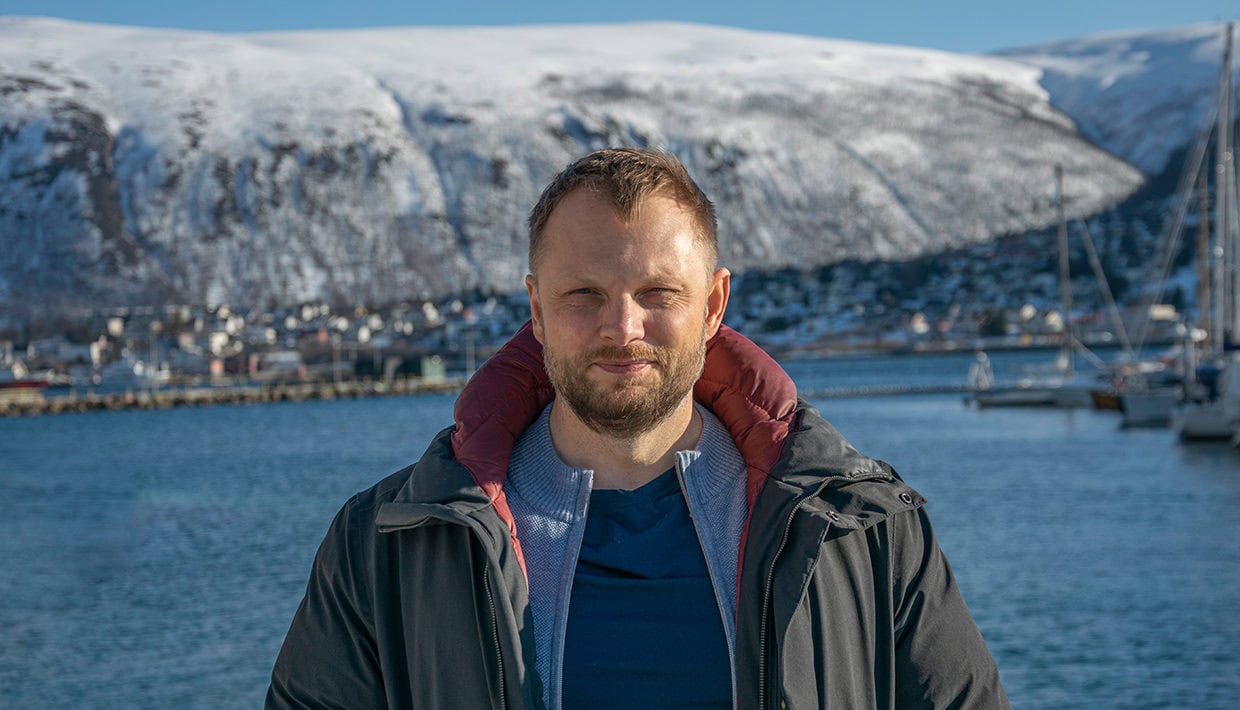
Marius Warg Næss from NIKU’s High North Departement at The Fram Centre has received funding from the European research council as one of nine Norwegian researchers. The next five years, he will study how political complexity can evolve from small-scale cooperative groups in nomadic pastoral societies.
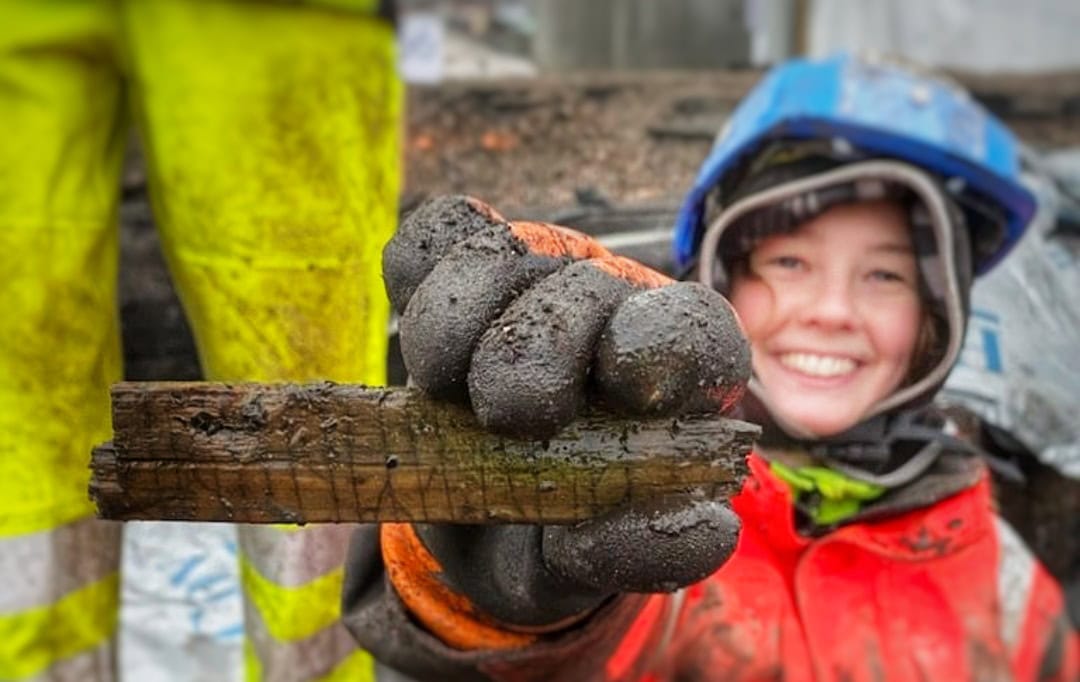
In the last week before Christmas two runic inscriptions were unearthed during excavations in Oslo’s old town. One inscription is carved on bone and this is the first bone with runes found in Oslo in more than forty years. The second is carved on wood and contains a religious text in both Norse and Latin.
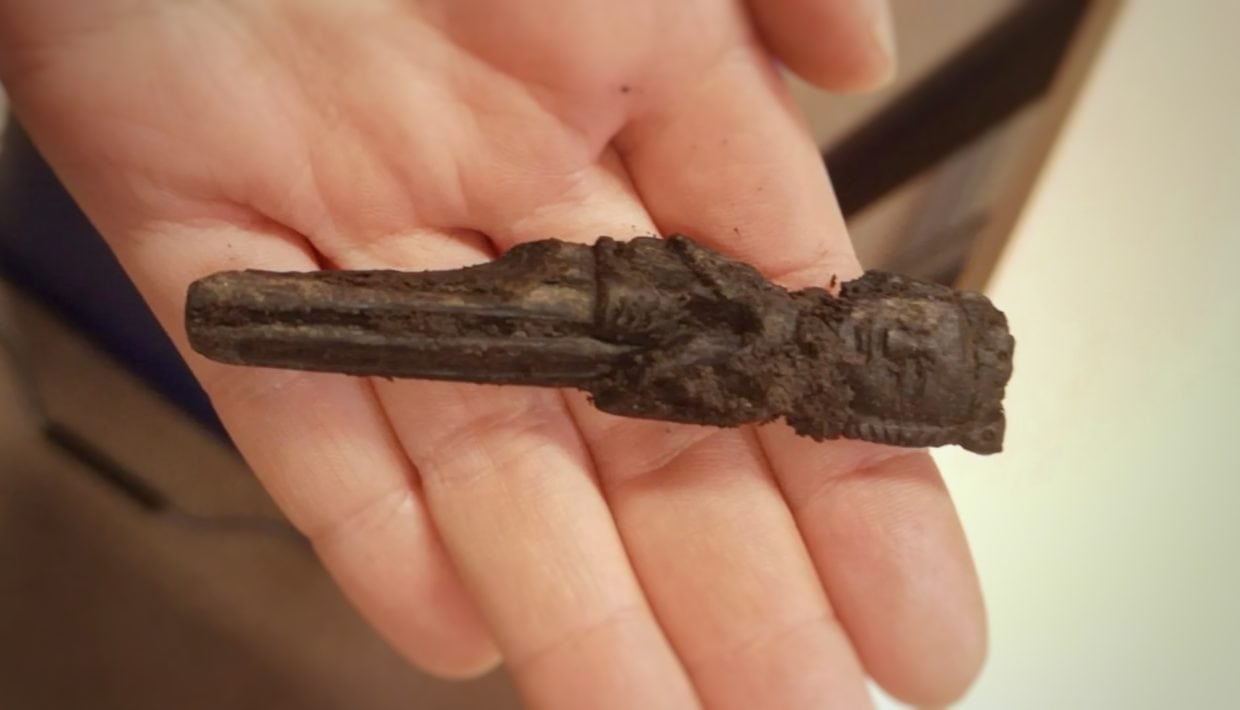
A small carved figure was recently unearthed during excavation the medieval town of Oslo. The figure depicts a person in robes and crown with a falcon perched on his arm. But is it a king or a queen?
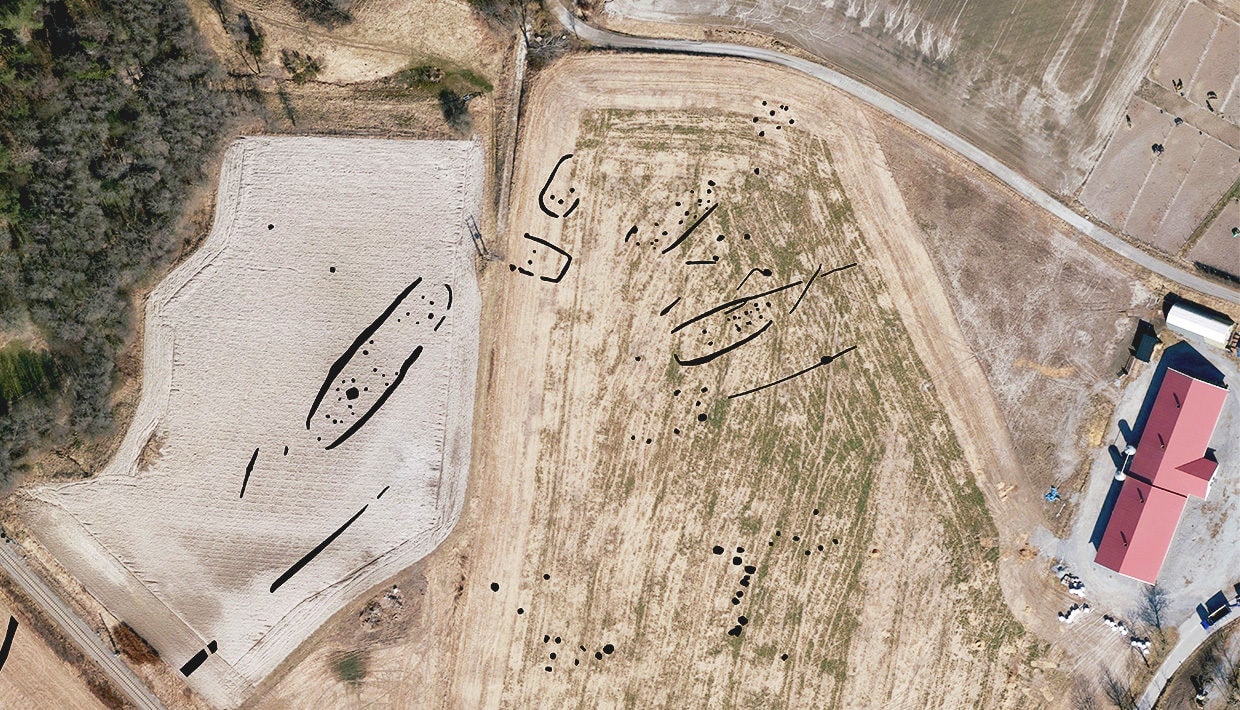
At Gjellestad in Norway, archaeologists from the Norwegian Institute for Cultural Heritage Research (NIKU) have found a 60 metre longhouse. There is no longer a doubt that Gjellestad, where the same team discovered a Viking ship in 2018, has been a central place in the late Nordic Iron Age. In the next few years, researchers will hopefully find the answer to how Gjellestad became such an important place.
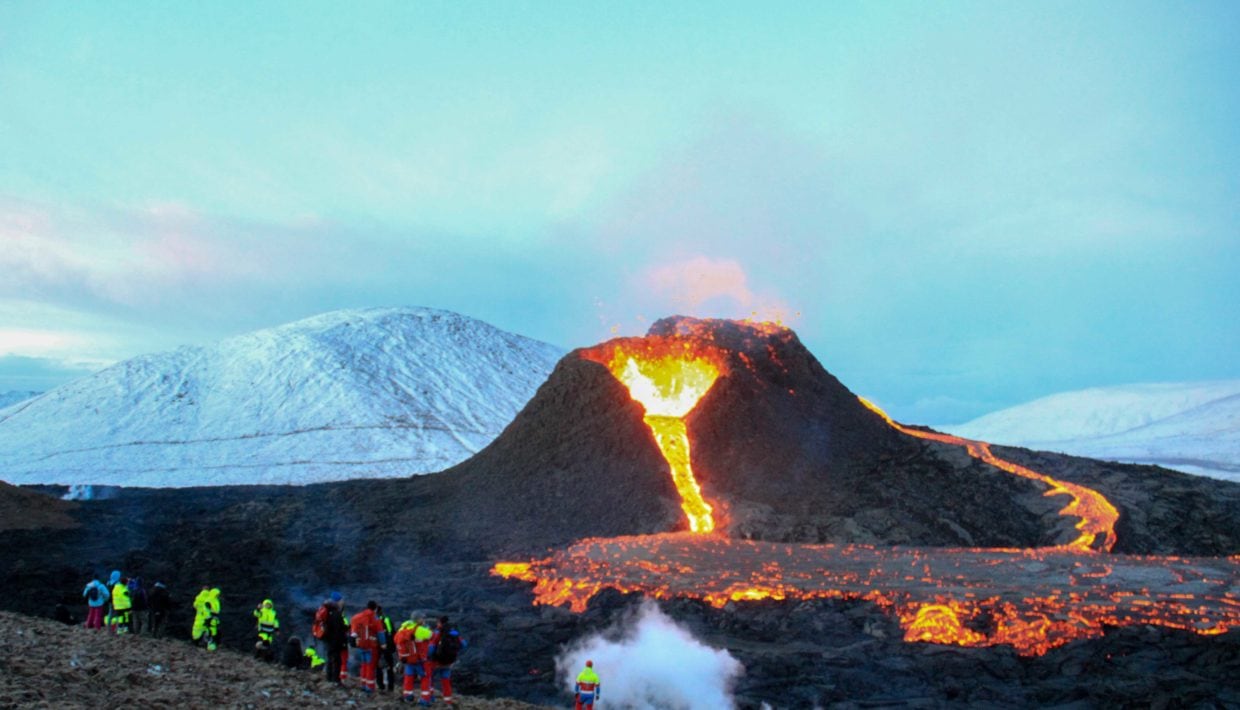
Volcanic activity on the Reykjanes peninsula in Iceland threatens several protected archaeological sites. In recent weeks, NIKU has been working hard together with the Icelandic National Heritage Board (Minjastofnun Íslands) to ensure solid digital documentation of three sites in danger of being covered by lava.
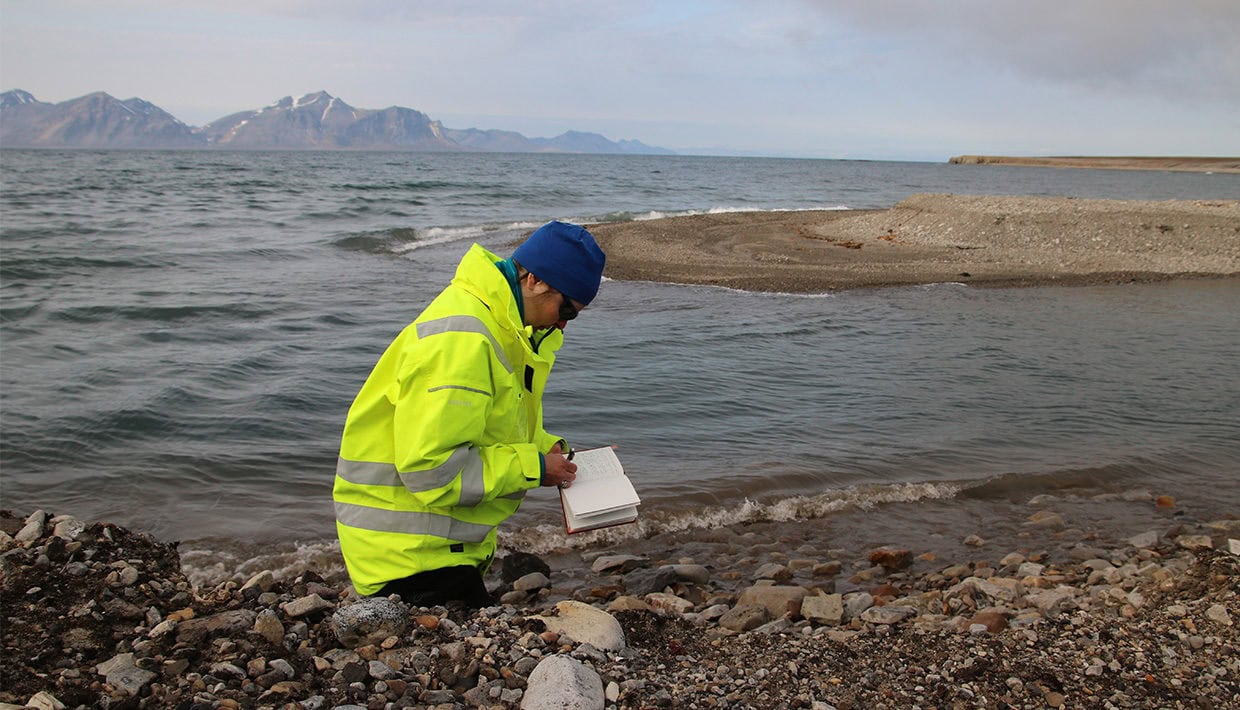
The global state of research on social archaeology and climate change it the topic for this years Summit on Social Archaeology of Climate Change (SACC) in Kiel.
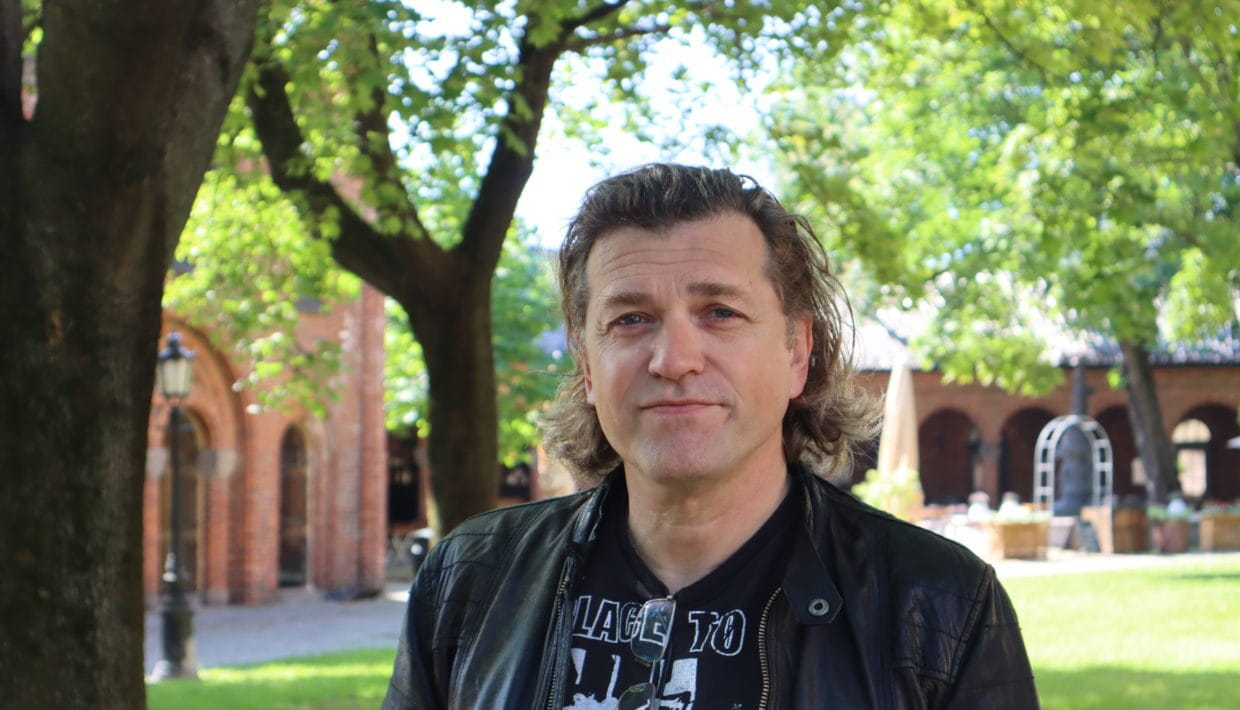
Research Professor and head of the Department of Cultural Heritage and Society at NIKU, Torgrim Sneve Guttormsen, has been awarded Honorary Professor Position at the University of Stirling for the period 2021-2024.
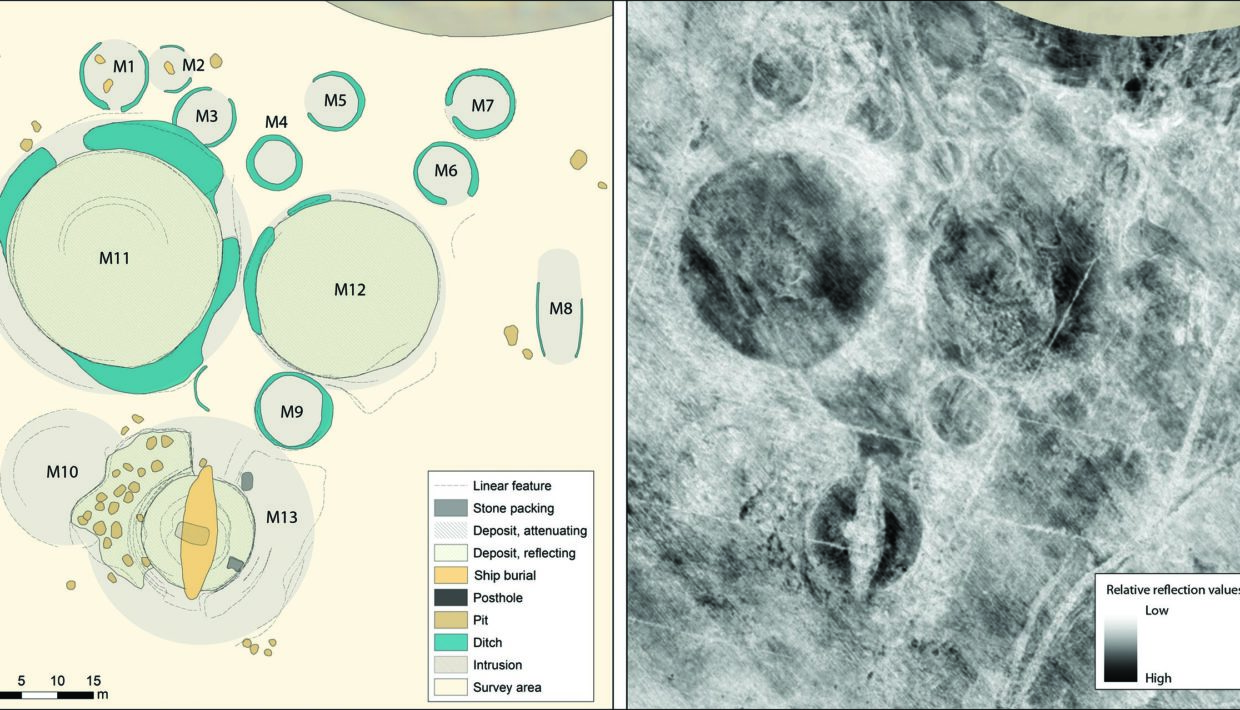
Archaeologists in Norway have identified a previously unknown ritual centre, including a feast hall, cult house, and ship burial.
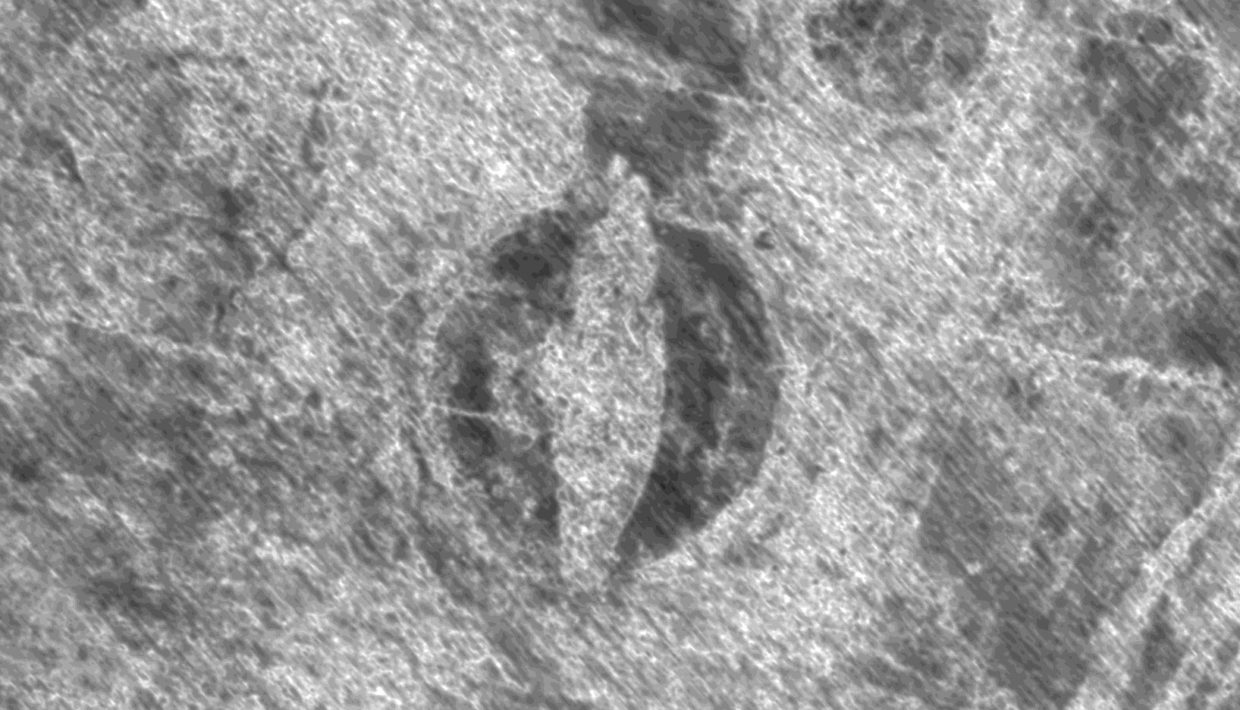
"This will be exciting for all of us, regardless of whether you are an archaeologist or just have a medium interest in our past," says Viking ship expert Knut Paasche.
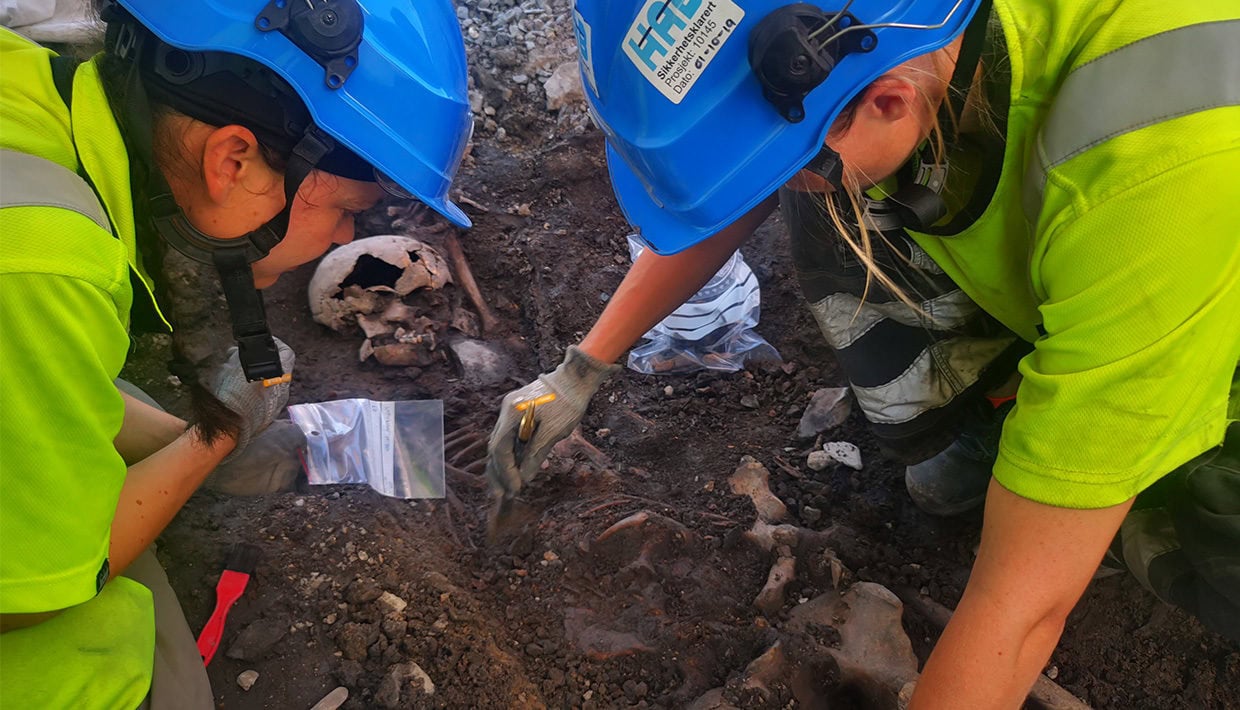
NIKU's archaeologists have made an exciting find in Oslo - a grave containing three individuals displaying weapon cuts to the head and neck. The individuals may have been combatants in Norway’s civil war (1130-1240).